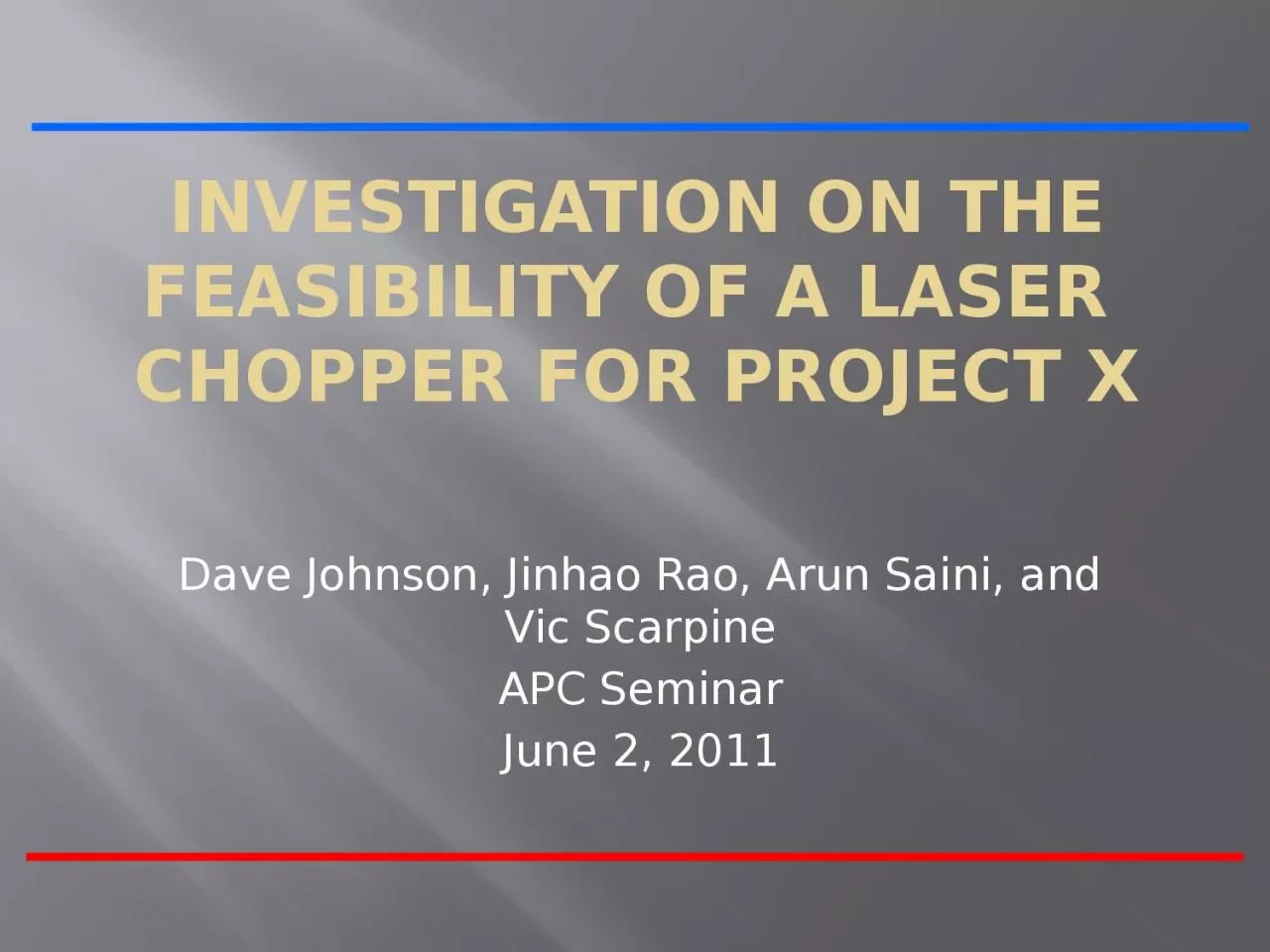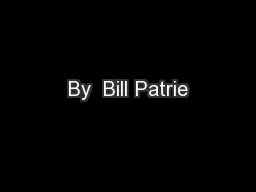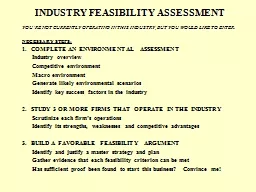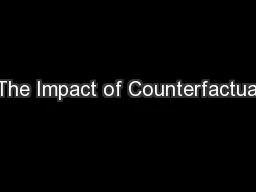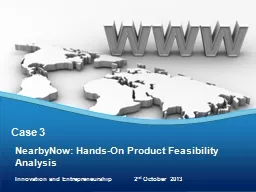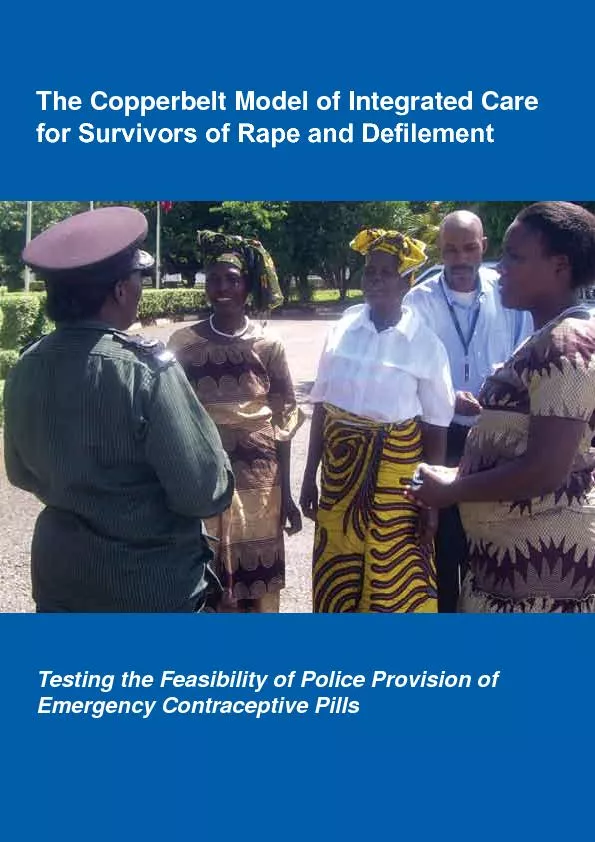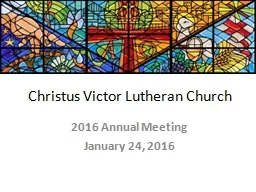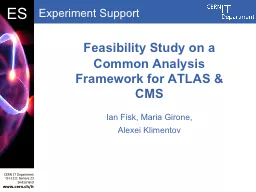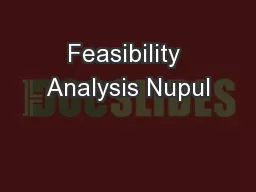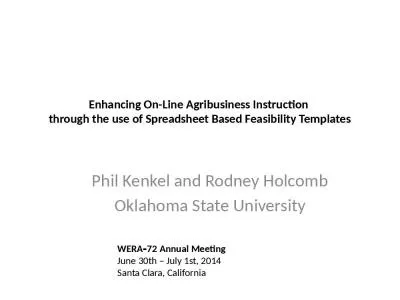PPT-Investigation on the Feasibility of a
Author : lucinda | Published Date : 2023-11-11
L aser Chopper for Project X Dave Johnson Jinhao Rao Arun Saini and Vic Scarpine APC Seminar June 2 2011 Motivation H Potoneutralization Laser Chopping Concept
Presentation Embed Code
Download Presentation
Download Presentation The PPT/PDF document "Investigation on the Feasibility of a" is the property of its rightful owner. Permission is granted to download and print the materials on this website for personal, non-commercial use only, and to display it on your personal computer provided you do not modify the materials and that you retain all copyright notices contained in the materials. By downloading content from our website, you accept the terms of this agreement.
Investigation on the Feasibility of a: Transcript
Download Rules Of Document
"Investigation on the Feasibility of a"The content belongs to its owner. You may download and print it for personal use, without modification, and keep all copyright notices. By downloading, you agree to these terms.
Related Documents

